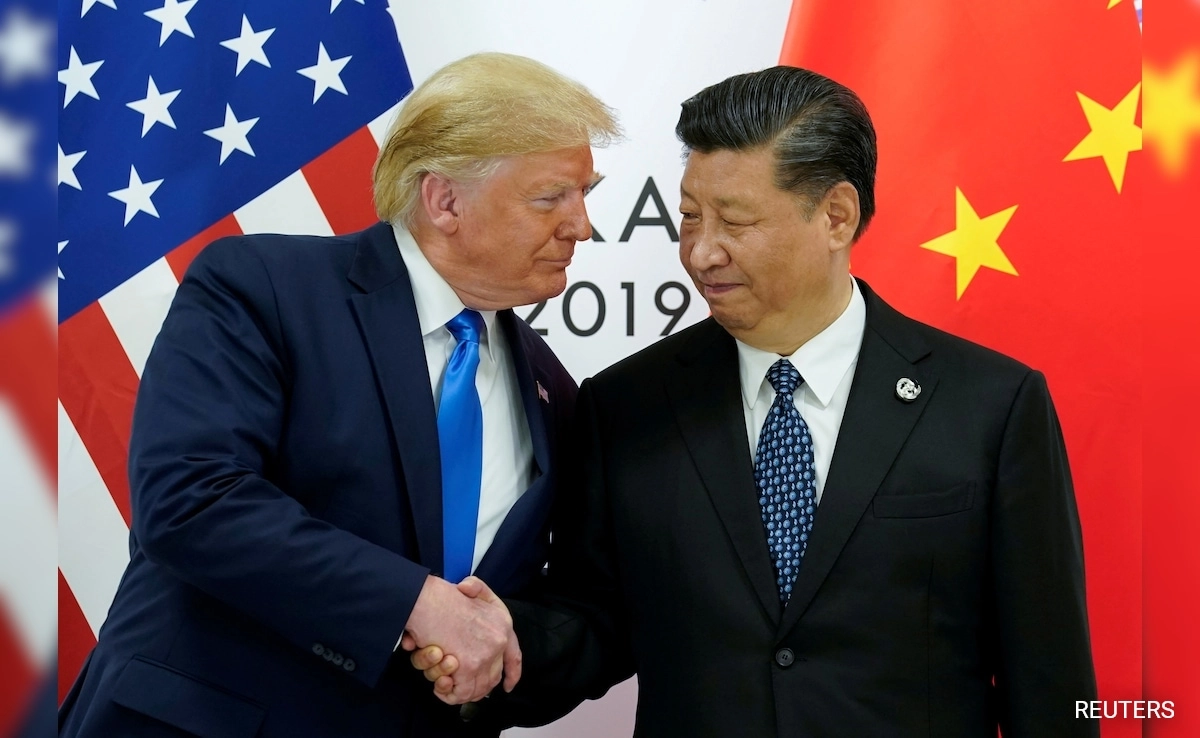In recent months, former President Donald Trump has displayed a noticeable shift in his approach to foreign policy, particularly regarding China and India. This evolution raises eyebrows, especially given his previous hardline stance against China during his presidency. There are three significant reasons that might explain this apparent softening towards China, juxtaposed with his continued criticism of India.
Firstly, Trump’s business interests could be a driving factor. The former president has long been involved in various business ventures, and China represents a vast market that could be lucrative for American companies. As Trump navigates his post-presidency life, he may be keen to foster relationships that could benefit his financial ambitions. This pragmatic approach could lead him to downplay criticisms of China while directing his attention toward India, where he has raised concerns about trade disparities and other issues.
Secondly, the geopolitical landscape has shifted significantly since Trump’s presidency. The ongoing tensions between the U.S. and China, particularly in areas such as technology and trade, have created a complex environment. Trump may perceive the need to recalibrate his stance to navigate these waters more effectively. By adopting a softer tone towards China, he might aim to encourage dialogue and cooperation on key global challenges, even as he maintains a critical view of India’s policies and trade practices. This could be seen as an attempt to balance the scales in a rapidly changing international arena.
Lastly, Trump’s focus on India may stem from a desire to appeal to his domestic base, which includes a significant number of Indian-American voters. By criticizing India, he could be attempting to resonate with constituents who are concerned about issues like immigration and job security. This strategy could serve to solidify his support among those who feel that India’s economic rise presents a threat to American jobs and industries. In contrast, a softer stance towards China might be a calculated move to distance himself from the previous administration’s confrontational approach, aiming for a more nuanced strategy that appeals to a broader audience.
In summary, Trump’s changing rhetoric towards China and India can be interpreted through various lenses, including his personal business interests, the evolving geopolitical landscape, and domestic political considerations. As he navigates these complex relationships, it remains to be seen how this will affect U.S. foreign policy in the long term.




